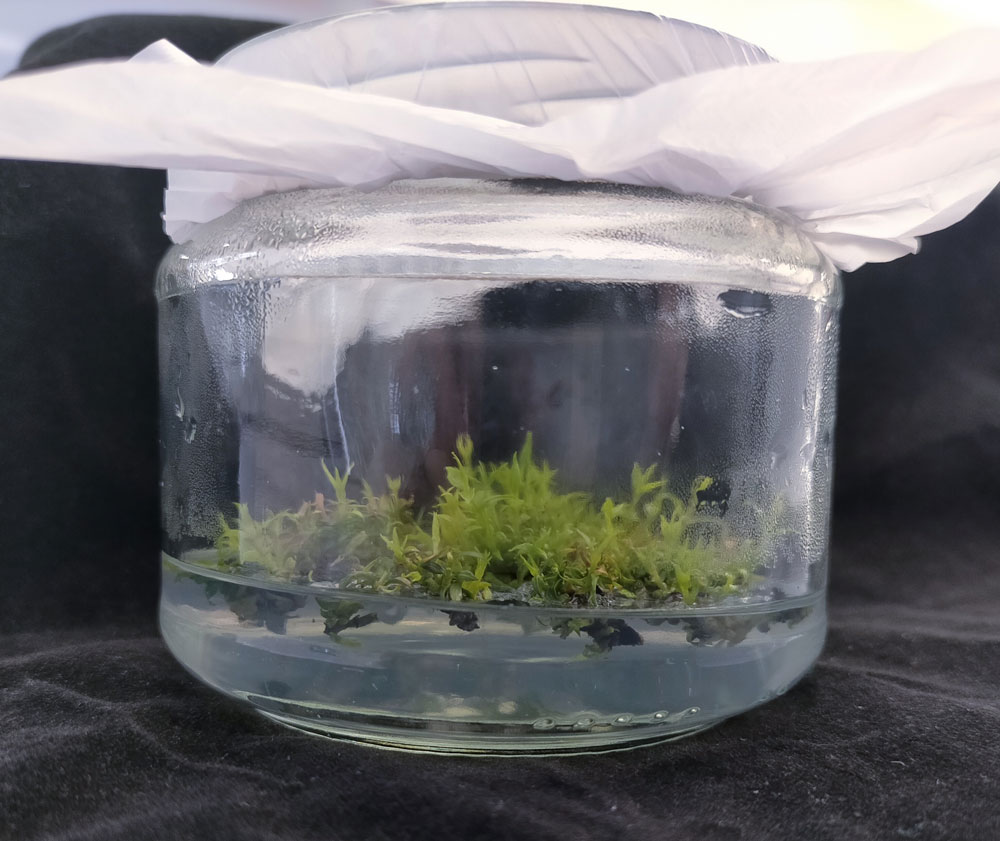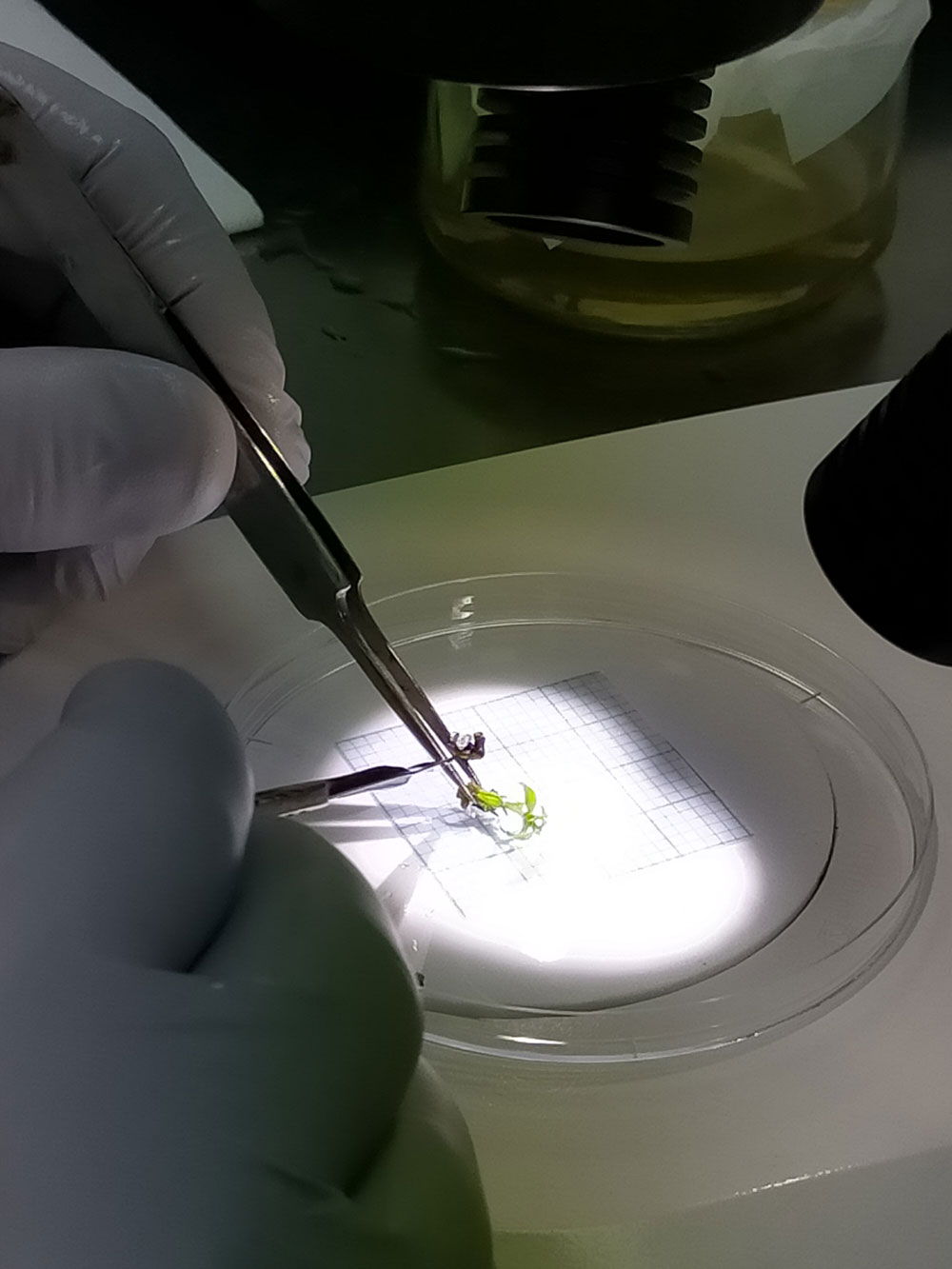An endangered native tree with a rare ability to accumulate normally toxic levels of metals in its leaves is being frozen in liquid nitrogen at The University of Queensland in a bid to conserve the species.

UQ researchers aim to develop a successful protocol that will enable cryogenically frozen stems cells from Gossia fragrantissima to regenerate and grow into new trees.
“Gossia is an endangered species in the Myrtaceae family and exists only in a few fragmented populations from north-eastern New South Wales to south-eastern Queensland,” said plant molecular physiologist Dr Alice Hayward from the Queensland Alliance for Agriculture and Food Innovation
“The plant has this rare ability to hyperaccumulate four different heavy elements – manganese, nickel, cobalt and zinc.
“We’d like to preserve the genetic diversity in the populations remaining but, like some other tropical and subtropical rainforest species, the seed is unlikely to survive long term storage in a seedbank.”
“In addition, seed production of this Gossia species in the wild has been poor in recent years due to climate impacts, disease and other stressors, so preserving the plant’s unique genetic material is critical.”

With funding from the Australian Flora Foundation, the research team led by Dr Chris O’Brien, with student Jingyin Bao, is using tissue culture technology to propagate Gossia plants indoors, safe from the elements, and then cryopreserving the plant shoot tips in liquid nitrogen.
This high-tech approach to conserving the species’ genetic material is being undertaken in collaboration with UQ’s Sustainable Minerals Institute (SMI) and the Australian Institute for Botanical Science in south-west Sydney.
Associate Professor Peter Erskine from SMI said that some Gossia species were of interest for their abilities as “hyperaccumulators” to extract metals from the ground.
“The genetics of these species are interesting and may help us to extract minerals from tailings during mine rehabilitation,” Dr Erskine said.
“The potential of these plants for rehabilitation and creating new resources depends on having enough plant material for large-scale trials.”
“Not all species will not be suitable for this type of use – it depends on lots of factors, for example, how fast the plants grow and can be harvested, but the functional biology of Gossia that enables it to draw up four kinds of metals and store it life in leaf tissue is of particular interest.”
More information: Dr Alice Hayward, E: a.hayward@uq.edu.au, T: +61 7 3346 2295; Associate Professor Peter Erskine, E: p.erskine@uq.edu.au, T:+61 7 3346 4065; Margaret Puls, E: m.puls@uq.edu.au, T: +61 419 578 356.
Images and videos are available via Dropbox here.
The Queensland Alliance for Agriculture and Food Innovation is a research institute at The University of Queensland, established with and supported by the Queensland Department of Primary Industries.



